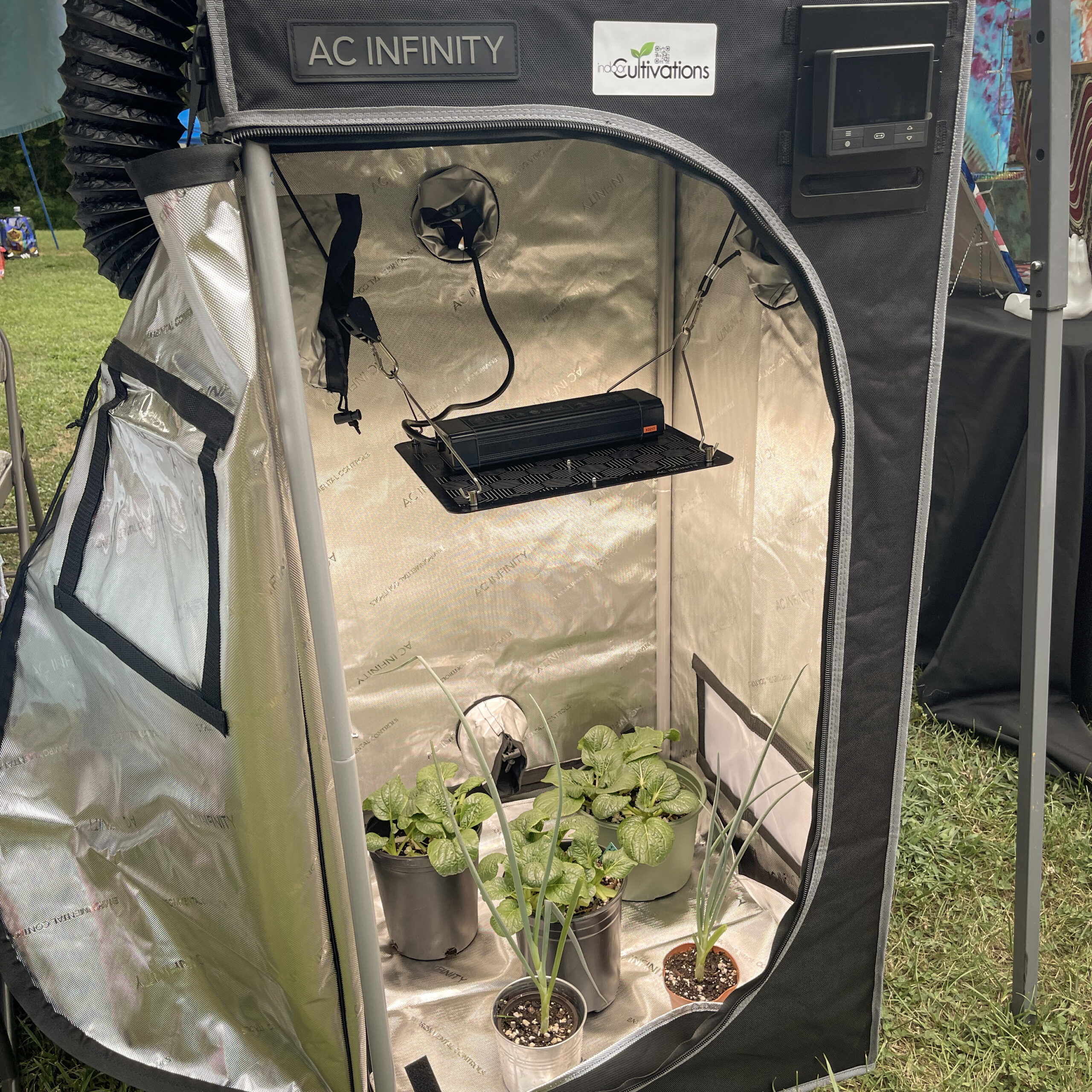The Power of Light: Understanding Indoor Grow Lights for Successful Plant Growth
When it comes to indoor gardening, providing the right lighting conditions is essential for the health and growth of your plants. Natural sunlight is often insufficient, especially in indoor environments with limited access to direct sunlight. That’s where indoor grow lights come in. These specialized lights mimic the natural spectrum of sunlight, providing plants with the energy they need for photosynthesis and healthy development. In this blog, we will explore the power of indoor grow lights and help you understand their importance in achieving successful plant growth.
The Role of Light in Plant Growth
Light is a vital factor in the process of photosynthesis, where plants convert light energy into chemical energy, enabling them to grow and thrive. Sunlight contains a broad spectrum of wavelengths, including red, blue, and other colors. Each color of light plays a specific role in plant growth and development. Red light stimulates flowering and fruiting, while blue light promotes vegetative growth and leaf development. By understanding these light spectrums, you can provide the right combination of wavelengths to support your plants’ specific growth stages.
Types of Indoor Grow Lights
There are various types of indoor grow lights available, each with its own advantages and considerations. Here are some common options:
- Fluorescent Lights: Fluorescent lights, such as T5 and compact fluorescent lamps (CFLs), are affordable and energy-efficient options for indoor gardening. They produce a balanced spectrum of light that works well for seedlings, herbs, and leafy greens.
- High-Intensity Discharge (HID) Lights: HID lights, including metal halide (MH) and high-pressure sodium (HPS) lights, emit intense light that is suitable for both vegetative growth and flowering stages. They are popular choices for larger indoor gardens or commercial setups.
- Light-Emitting Diodes (LEDs): LED grow lights have gained popularity due to their energy efficiency, longevity, and customizable spectrum options. LEDs can be tailored to emit specific wavelengths of light, allowing you to optimize light spectrums for different plant species and growth stages.
Choosing the Right Light Spectrum
The light spectrum required for optimal plant growth depends on the specific needs of your plants. In general, blue light promotes vegetative growth, while red light encourages flowering and fruiting. Most indoor grow lights offer a balance of both blue and red light, ensuring comprehensive support throughout the growth cycle. Some advanced LED grow lights even allow you to adjust the spectrum based on the growth stage of your plants, giving you precise control over their development.
Light Intensity and Duration
In addition to the light spectrum, light intensity and duration are crucial considerations for successful plant growth. Different plants have varying light intensity requirements, so it’s important to choose a grow light that can provide the appropriate level of brightness for your specific plants. The duration of light exposure also plays a role, as plants require a sufficient amount of light to carry out photosynthesis effectively. Most indoor plants thrive with around 12 to 16 hours of light exposure per day, but it’s essential to research the light requirements of your specific plant species.
Proper Light Placement and Distance
Proper placement and distance between the grow light and your plants are crucial to avoid light burn or insufficient light. Each type of grow light has specific recommendations for the ideal distance from the plants. Generally, it’s advisable to start with the manufacturer’s guidelines and monitor your plants’ response. Adjust the height of the light as necessary to ensure that your plants receive the right amount of light without any negative effects.
Indoor grow lights play a pivotal role in successful plant growth and development. By understanding the role of light in photosynthesis, choosing the right light spectrum, considering light intensity and duration, and properly placing the grow lights, you can provide your indoor plants with the ideal lighting conditions they need to thrive. Whether you opt for fluorescent lights, HID lights, or LEDs, investing in quality grow lights ensures that your plants receive the necessary light energy for healthy growth, vibrant foliage, and bountiful blooms. Harness the power of indoor grow lights and watch your indoor garden flourish with vitality.
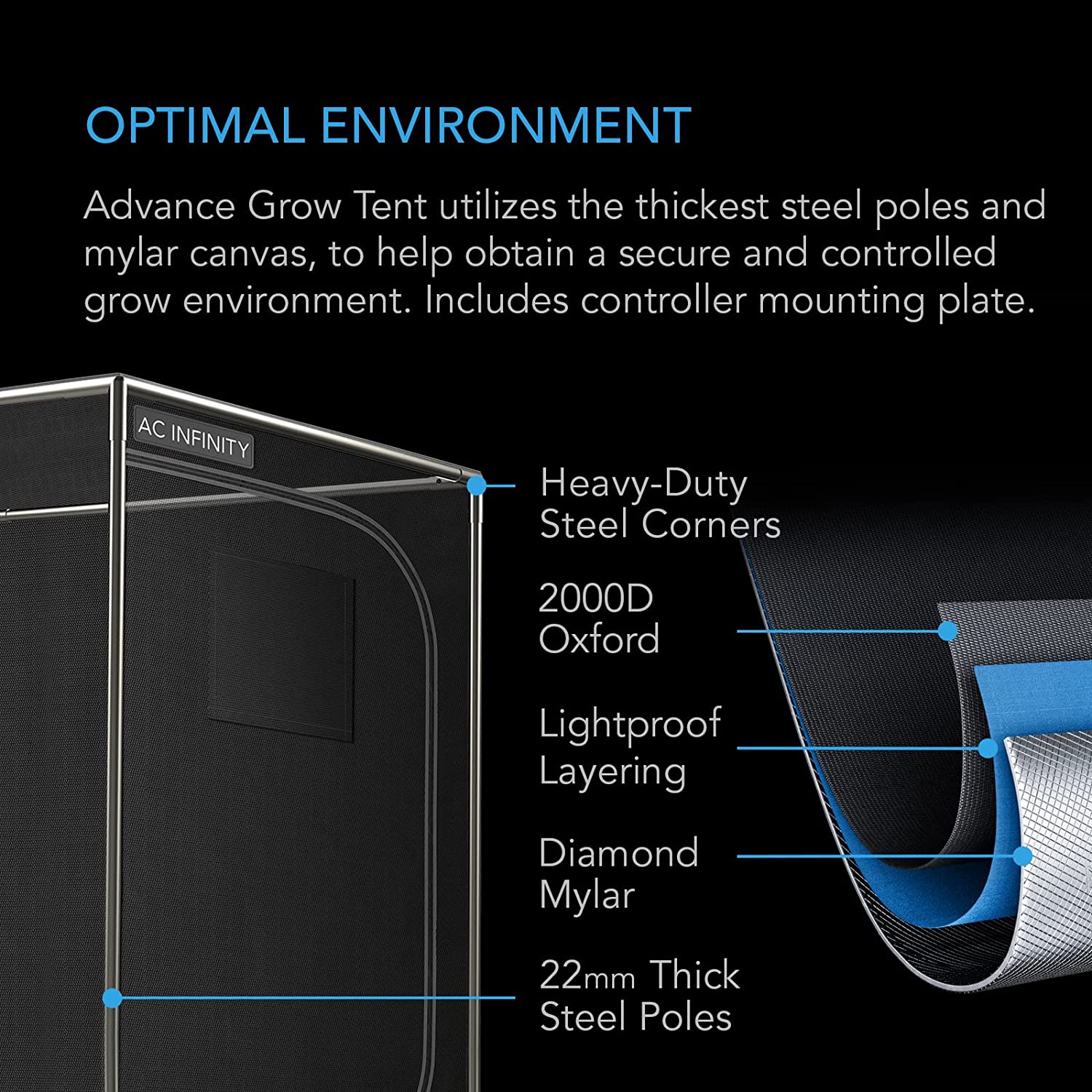
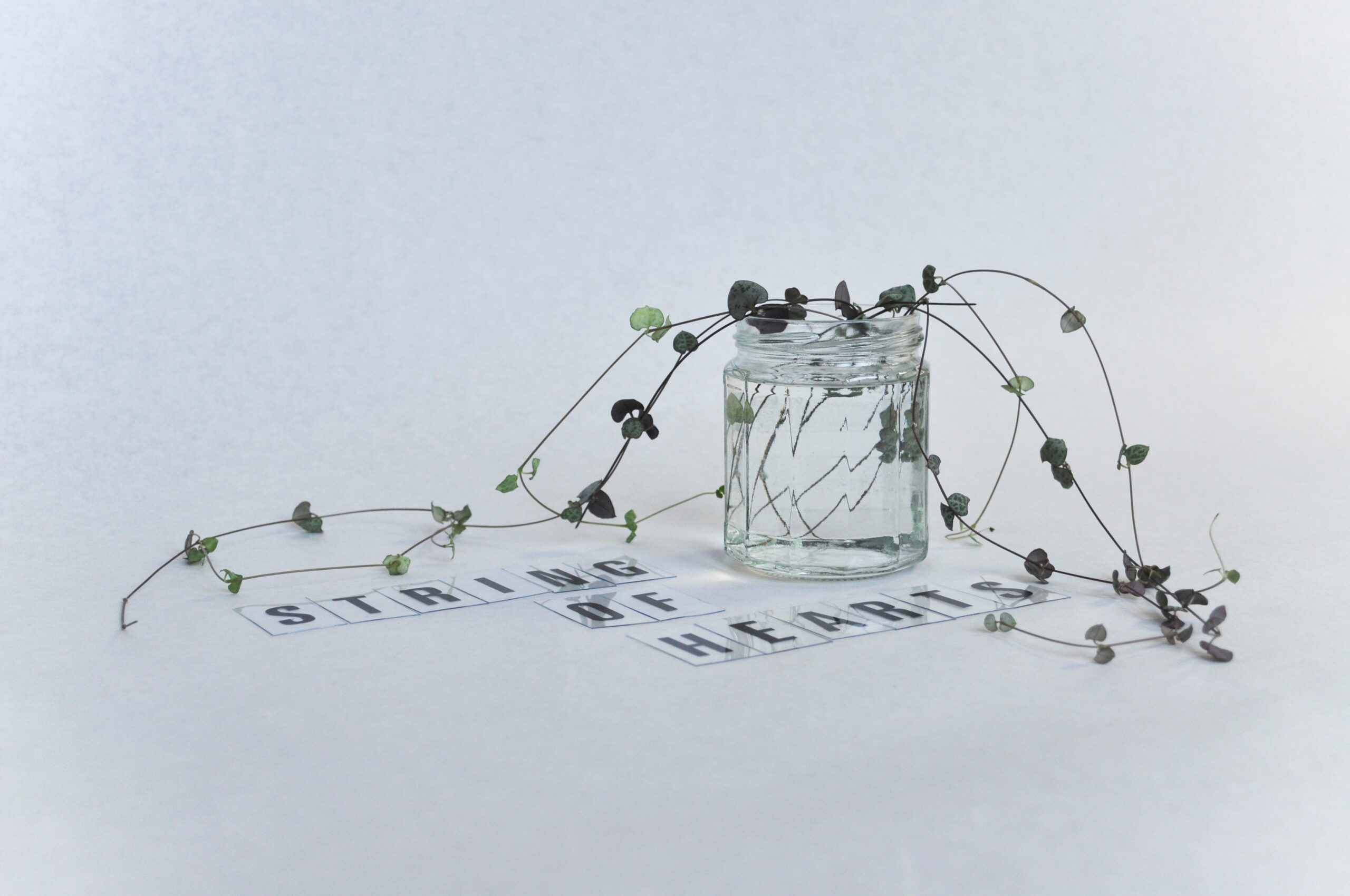
Mastering the Art of Propagating Succulents: A Guide for the Burke Indoor Gardener

Optimizing Grow Conditions with AC Infinity: Crafting the Ideal Environment
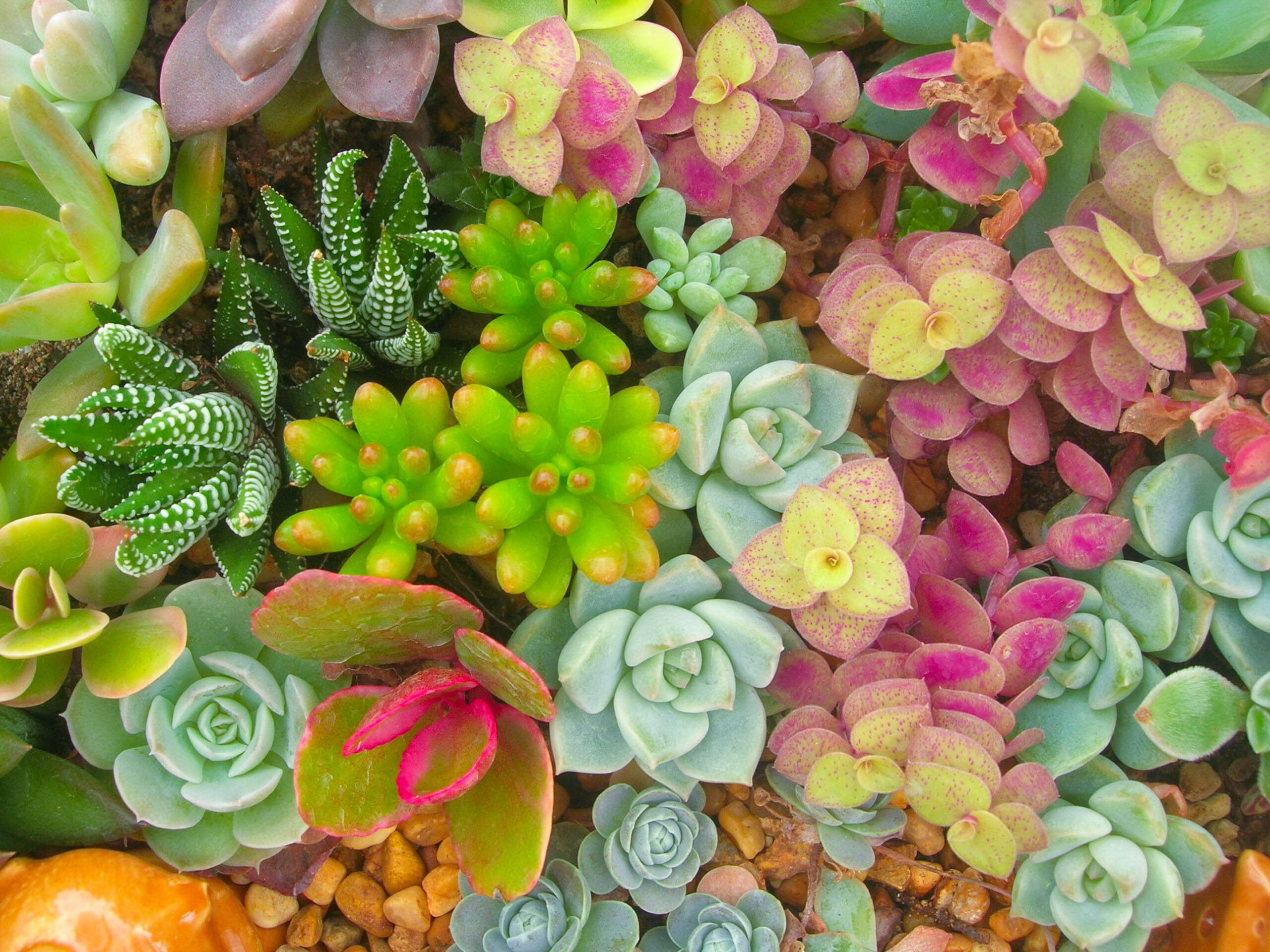
Setting Up Your First Grow Tent with Indoor Cultivations: Your Step-by-Step Guide to AC Infinity Grow Tent Kits
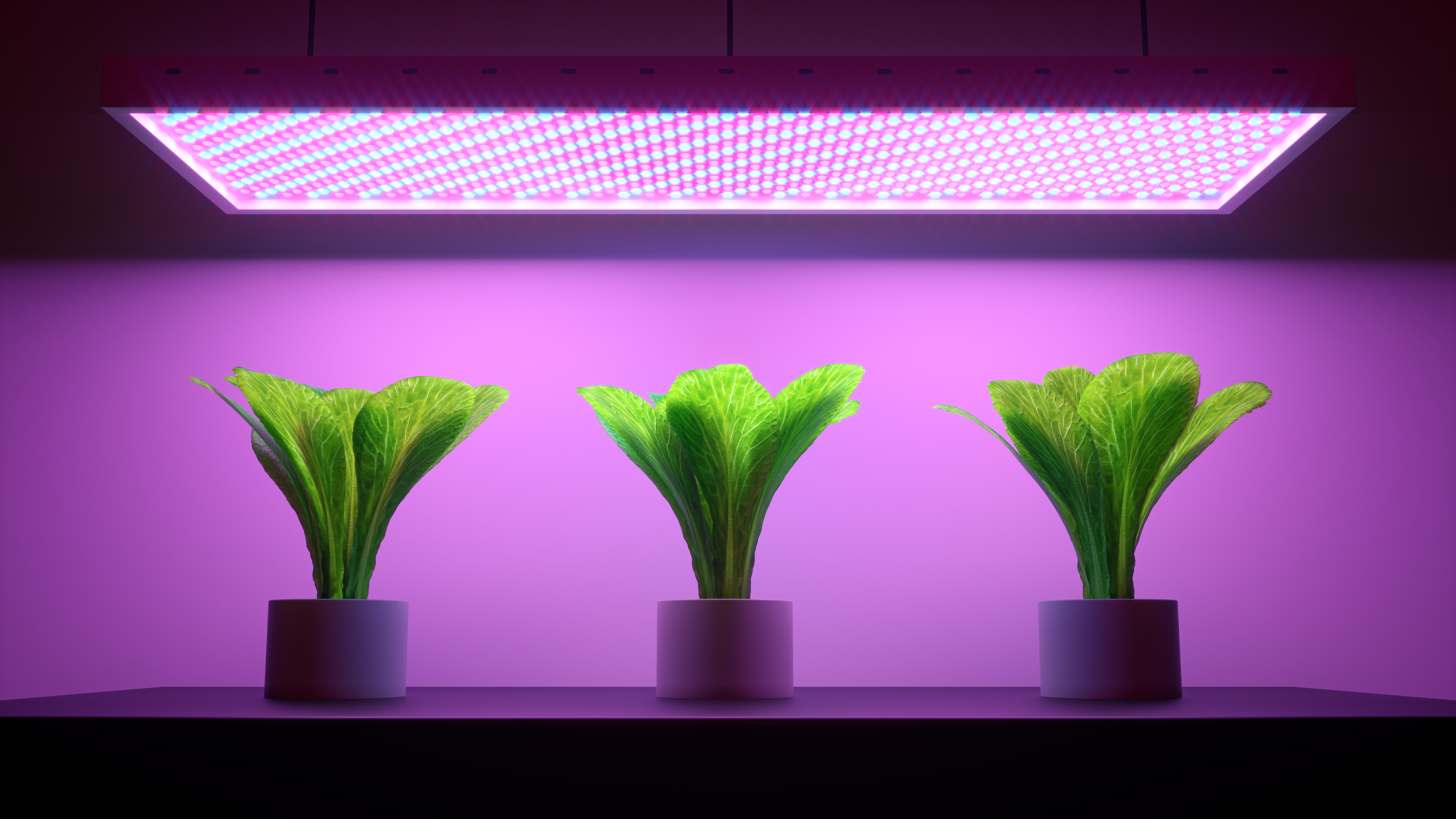
Benefits of Using AC Infinity Grow Tent Kits: Mastering the Indoor Gardening Environment
